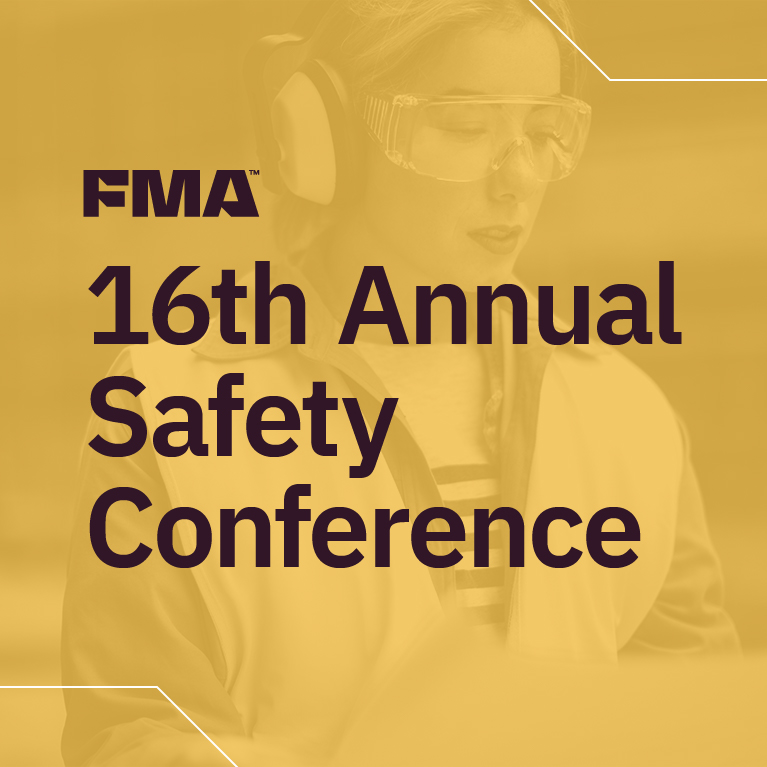Nuclear Power Meltdown Threat Is Bellwether for Renewables
By Kate Bachman | March 16, 2011
Category:As global demand for energy escalates, applying more pressure to expanding energy sources, discussions have ramped up on ending the U.S.’s moratorium on building new nuclear power plants. Safety concerns, it seems, had been tabled and the focus of discussions has been on solving the radioactive waste problem.
Until now.
As Frances Beinecke, president of the Natural Resources Defense Council points out in a CNN.com op-ed today, the threat of a nuclear power plant meltdown at the Daiichi nuclear power plant in Fukushima, Japan, in the aftermath of the tsunami is a clear reminder that “nuclear power technology carries with it catastrophic risks.”
Elevated levels of radioactivity have been released already from Daiichi, which has had explosions at three reactors and a fire at a fourth. The nuclear reactor cores in units 1, 2 and 3 have all suffered a partial melting, essentially what happened to just one reactor at Three Mile Island in 1979.
In the same CNN.com series, Glenn Sjoden, Ph.D., P.E. professor of nuclear and radiological engineering at the George W. Woodruff School of Georgia Institute of Technology says “We do not have a nonfossil alternative that can make up the substantial power needs of the world other than nuclear power.”
The dire events unfolding stem from a station blackout at the 40-year-old Daiichi nuclear plant in Fukushima initiated because of a tsunami-related failure of a number of redundant backup safety generators to power auxiliary cooling systems, Sjoden said.
“It’s worth noting that had the reactor plants at Daiichi been modern power reactor designs, no active cooling would be required, and the decay heat would have been removed through an automatic convection cooling mechanism afforded in all modern passively safe reactor designs. Only the older units require active cooling for decay heat removal,” Sjoden added.
Beinecke concluded, “Guarding against these risks is expensive, but imperative. We need to do a better job.”
Is it likely that these expensive safeguards will increase the cost of supplying nuclear energy, thereby rendering it cost-noncompetitive?
One thing is for certain.
Wind turbines don’t melt down and solar panels don’t explode.
Got thoughts? I’d love to hear from you.

Side by side, we move metal fabrication forward.
FMA unites thousands of metal fabrication and manufacturing professionals around a common purpose: to shape the future of our industry, and in turn shape the world.
Learn More About FMA


